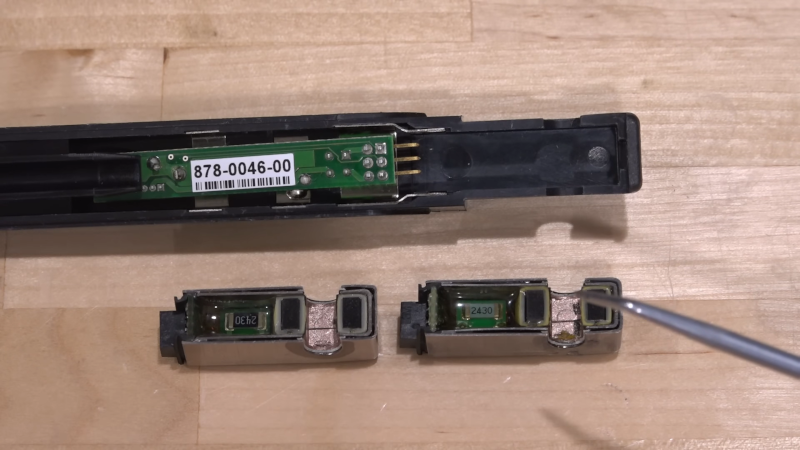If you want to measure AC or DC current with an oscilloscope, a current clamp is a great way to do it. The clamp surrounds the wire, so you don’t need to break the connection to take your measurements. These used to be expensive, although we’ve seen some under $100, if you shop. We don’t know if it was cost or principle that motivated [Electronoobs] to build his own current clamp, but he did.
This probe design is little more than a 3D printed case, an old power supply toroid, and a conventional alligator clamp to make the business end. …read more
Continue reading Make Your Own Current Clamp Probe→

